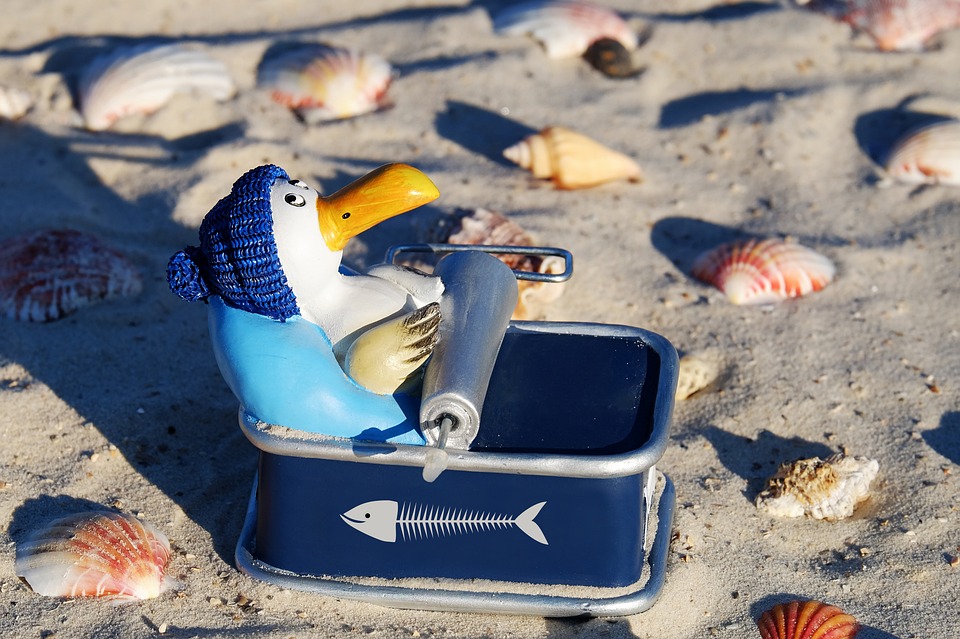Fish behavior is a fascinating field of study that allows us to gain insight into the lives of these aquatic creatures. One crucial aspect of fish behavior is how they respond when introduced to new tank mates. In this article, we will delve into the intricacies of fish behavior and explore their reactions to new companions in the tank. Additionally, we will address some frequently asked questions (FAQs) related to this topic.
Creating a harmonious tank environment is essential for the well-being of your fish. Understanding their behavior can help achieve this goal. Properly introducing new tank mates can minimize stress and aggression among fish, ultimately promoting their overall health.
When fish are introduced to new tank mates, they often go through a period of stress and acclimation. This is a natural response as they adjust to their new surroundings and companions. Signs of stress to watch for include decreased appetite, hiding, increased aggression, or unusual swimming patterns. To minimize stress, it is crucial to provide proper acclimation by gradually introducing the new fish to the tank environment.
Establishing dominance is another important aspect of fish behavior. Fish exhibit dominant and submissive behaviors, similar to other social animals. This hierarchy helps them establish their place in the tank and reduces aggression. Understanding the role of aggression in hierarchy formation can help aquarists manage aggression issues that may arise when introducing new tank mates.
Compatibility factors such as species, size, and temperament play a significant role in determining how fish will interact with each other. Researching species compatibility is crucial to avoid introducing tank mates that may not get along. Additionally, considering size differences is important to prevent larger fish from preying on smaller ones. Evaluating temperament traits, such as aggression levels, can also help determine the compatibility of different fish species.
Monitoring fish behavior is essential to assess compatibility or incompatibility. Peaceful coexistence indicators include swimming together, eating together, and not displaying aggressive behaviors. On the other hand, warning signs of aggression include chasing, biting, or fin nipping. Continuous observation over time is necessary to determine long-term compatibility among tank mates.
When introducing new fish to the tank, it is important to follow best practices and tips. Quarantining new fish and observing them for any signs of illness or disease is crucial to prevent the spread of infections. Gradual introduction techniques, such as using a separate container to acclimate the new fish, can help reduce stress. Providing ample hiding spots and territory for each fish is also essential to minimize aggression and establish territories.
Now, let’s address some frequently asked questions (FAQs) related to fish behavior and introducing new tank mates:
Q1. Can all fish be housed together?
A1. Not all fish can be housed together. It is crucial to research and determine the compatibility between different fish species before introducing them to the same tank.
Q2. How long does it take for fish to adjust to each other?
A2. The time it takes for fish to adjust to each other varies depending on the species and individual temperament. It can take anywhere from a few days to several weeks for fish to establish a harmonious relationship.
Q3. What should I do if aggression occurs?
A3. If aggression occurs, it is important to separate the aggressive fish temporarily and provide them with their own space. Additionally, observing the tank mates closely and making adjustments to the tank setup may help reduce aggression.
Q4. Are there any fish that are known to be compatible with most others?
A4. Some fish species, such as certain tetras or livebearers, are known to be compatible with a wide range of other fish species. However, it is still important to research and consider compatibility factors before introducing them to the tank.
Q5. Will providing more hiding spots reduce aggression?
A5. Yes, providing more hiding spots and territories for fish can help reduce aggression. These spaces allow fish to establish their own territory and retreat when they feel threatened, minimizing confrontations.
In conclusion, understanding fish behavior when introducing new tank mates is crucial for maintaining a harmonious aquarium environment. By recognizing stress responses, establishing dominance hierarchies, considering compatibility factors, and continuously monitoring behavior, aquarists can foster a peaceful coexistence among their fish. Following best practices and adhering to proper techniques during the introduction process will increase the likelihood of successful integration. Remember, patience and observation are key to ensuring the well-being of your aquatic companions.









